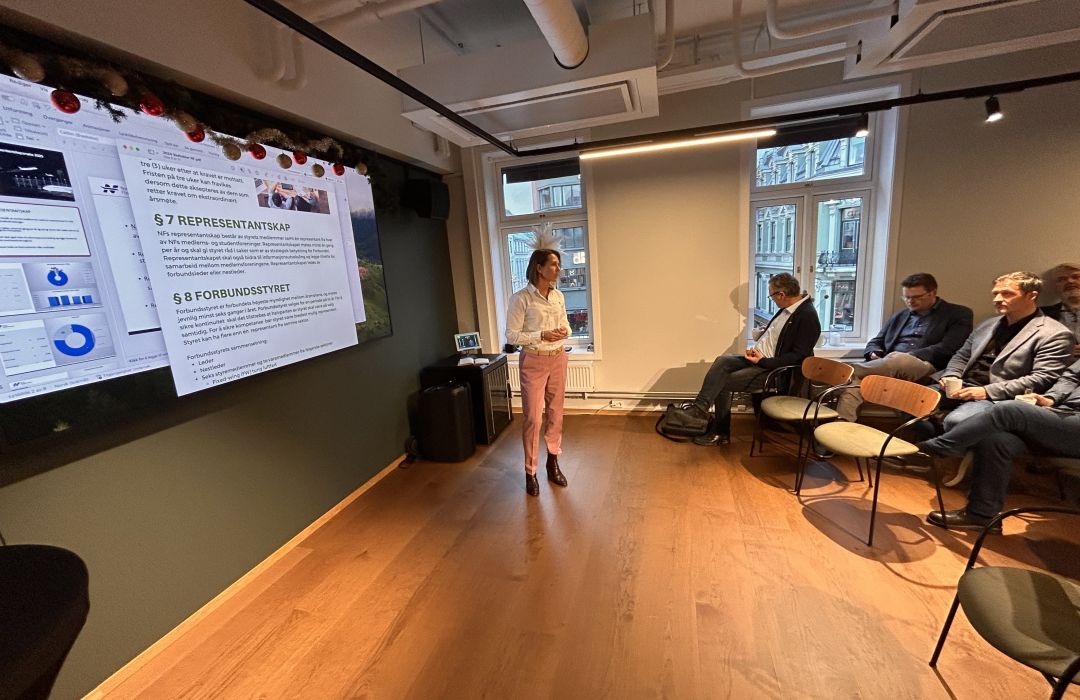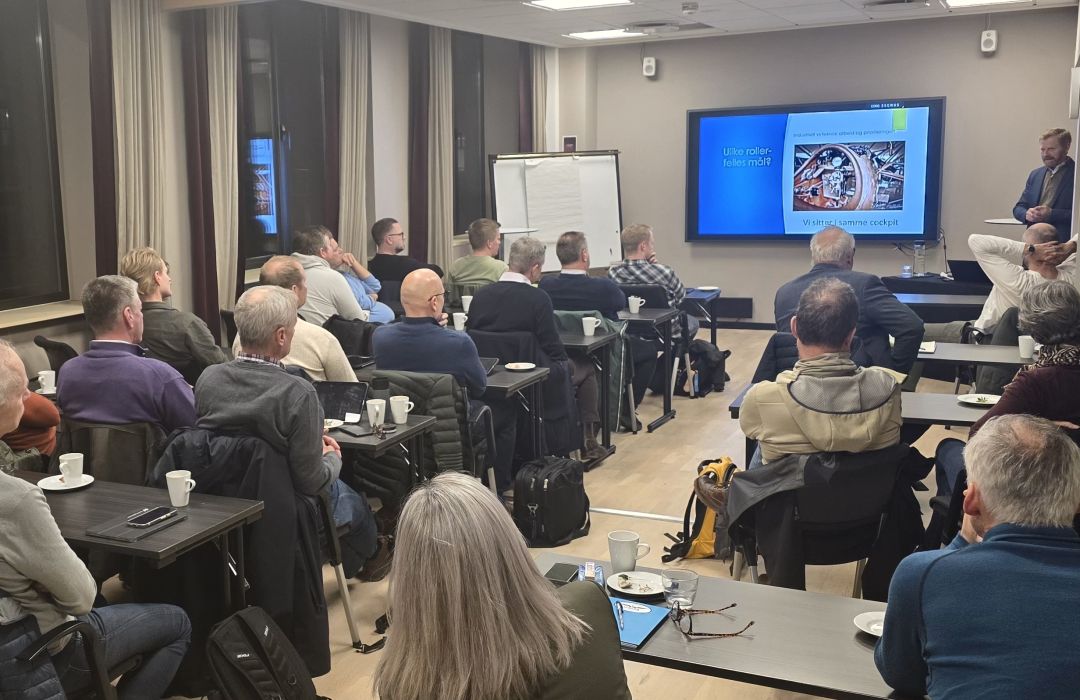
21. november 2022 |
Høring - forslag om nye regler om allværsoperasjoner (all weather operations/AWO) og opplæring av flybesetning (flight crew training)
Luftfartstilsynet sender på høring et forslag fra EASA om endringer i reglene om allværsoperasjoner (all weather operations/AWO) og opplæring av flybesetning (flight crew training). Forslaget fra EASA kan leses her: Opinion 02/2021 | EASA (europa.eu).
#høringssvar
First of all,Norsk Flygerforbund (NF) is happy to see that IFR is an option that is more realistic with the proposed changes (for helicopters).
In the following we would like to comment on specific wording and procedures that may affect the ability to use IFR as a better option than marginal VFR.
AMC1 CAT.OP.MPA.125(d) Instrument departure and approach procedures
The initial proposal was to allow for Airborne Radar approaches to the coastline. This has been removed from the Opinion. That is disappointing, in particular for the operators that would benefit from such a procedure. At the next revision of the regulation, we welcome a second attempt to include this procedure into the regulation.
We disagree onthe argument: “In order to implement the ARA-L in normal CAT, SPO or NCC operations, the operator would need to put mitigation measures to reduce the risk, which might far exceed the investment necessary to design a PinS approach to coastal destinations.”
NPA 2018-04 –HEMS –Reduced VFR Minima to be used when instructed to proceed VFR
CAT.OP.MPA.110 Aerodrome Operating Minima –DH/MDA IFR approach table 6
- “PinS approaches with instructions to proceed VFR to an undefined or virtual destination the DH/MDH should be made with reference to the ground below the MAPt”
This should not be restricted to what type of destination that is at reference. Regardless of an imaginary FATO or if there is a FATO close by, this should apply.
GM 9 CAT.OP.MPA.110 Aerodrome Operating Minima –Helicopters
- “If the vertical speed is above 1000 ft/min, a go-around should be considered”
Suggested new wording: If the vertical speed exceeds OEM recommended maximum, a go-around should be considered.
AMC3 SPA.LVO.100 LVTO Operations-Helicopters
- “On PinS departures to IDF,VIS should not be less than 800 mand ceiling should not be less than 250 ft”
The visibility arguments during departure are hung up in what to do if you need to return before you reach the IDF. A reduction in visibility down to the copter low vis of 400 meters should be possible if able to comply with the procedure on one engine. This is far less dangerous than maneuvering in low vis back to the FATO.
AMC3 SPA.LVO.105 c) Specific Approval
- Operating Procedures - CATIIILS
- “The flight crew should consist of at least two pilots”
Note:
- “The flight crew should consist of at least two pilots”
-
-
- One pilot and one technical crew member as for HELI SAC AT I & NVIS OPS under IFR (ref AMC4 SPA.LVO.100 (c) (f) (1) & AMC2 SPA.NVIS.130(f)(a)
- The technical crew member training requirements are well described and sufficient
- CAT II ILS is an important IFR enabler for onshore helicopter operations like HEMS, as it provides better alternate options
-
Suggested new wording:
The minimum crew should be two pilots or one pilot and a technical crew member.
Siste nyheter:

Årets representantskapsmøte: Sterkere sammen
Tirsdag 9. desember ble NFs representantskapsmøte gjennomført, der styret og foreningslederne samles for oppdatering, informasjonsutveksling og rådgivning. Møtet ga rom for konkrete innspill og dialog om forbundets videre arbeid.

Flysikkerhetskomitéens høstseminar: Fokus, innsikt og videre arbeid
Flysikkerhetskomitéens høstseminar samlet rundt 30 deltakere fra LO Luftfart til en faglig gjennomgang av komitéens prioriterte saker og videre tiltak. Med innlegg fra sentrale aktører og målrettede diskusjoner om sikkerhetskultur, operasjoner og framtidige utfordringer, la seminaret et tydelig grunnlag for det videre arbeidet i komitéen.

Årets tillitsvalgtkurs: Fra teori til trygghet i rollen
10.-12. november arrangerte Norsk Flygerforbund årets grunnleggende tillitsvalgtkurs. Denne gangen møtte 15 engasjerte deltakere opp for å styrke sin rolle som tillitsvalgt. Kurset har som mål å ruste nye tillitsvalgte med kunnskap og trygghet, slik at de kan være gode representanter for medlemmene sine.

